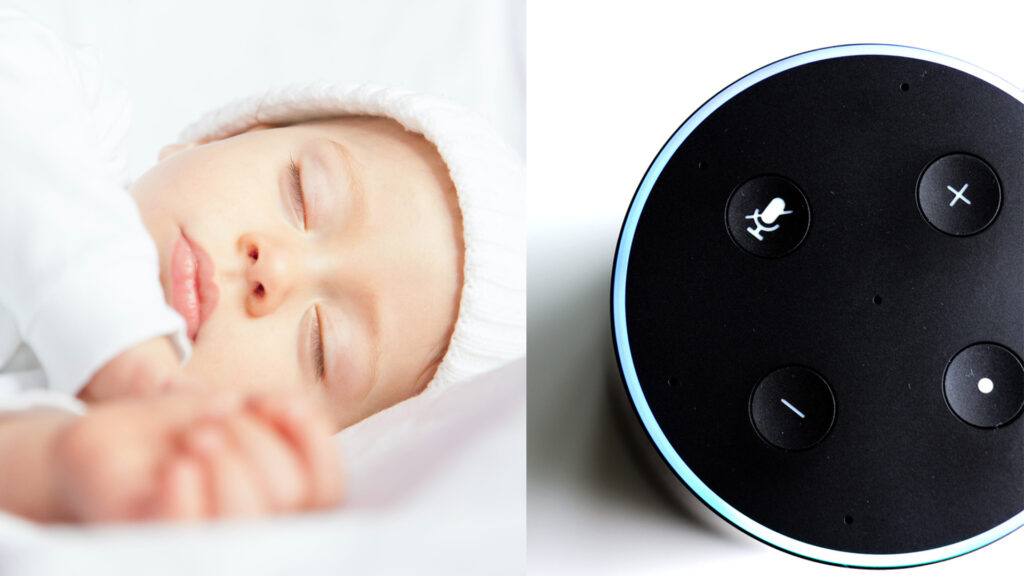
It’s been five months since my sweet fifth baby was born, and I watch her sway side to side in her beloved smart bassinet, which has put her to sleep many a time while I attended to my other kids’ endless needs. But now, she’s getting so tall that her feet are almost touching the ends, and she’s past the age where swaddling is recommended. Yet, here she is, happily moving side to side, sleeping away. Do I move her to the crib? Wean her off gradually? Rip off the bandaid? It’s a conversation I’ve had in my head, with my partner, and in my mom groups again and again, all around the same broader topic — baby sleep “helpers.”
From pacifiers to sound machines, fancy bassinets that sway and soothe to loveys, getting babies and toddlers to sleep is an art form in itself, and sometimes these tools are simply life (and sanity) savers along the way. But parents wonder, what if they are addicting? Will my baby ever sleep without motion or a sound machine?
Dr. April Benasich is the Chief Scientist and co-founder of RaptVentures, a company that creates products that support brain health and performance in New York City. She’s also the Elizabeth H. Solomon Professor of Developmental Cognitive Neuroscience and Director of the Infancy Studies Laboratory at the Center for Molecular & Behavioral Neuroscience at Rutgers University in New Jersey, where she has researched and concluded that sound machines carry a risk of impeding language development in infants and kids.
So, what’s an exhausted parent to do? Throw out the beloved sound machine? Move the baby out of the swaying bassinet into a still crib?
“Potentially, any sleep aid can become habit-forming, so I look at the question from two perspectives: Is the sleep aid itself harmful, and Does continuing to rely on the sleep aid get in the way of everyday life?” Benasich advises.
To answer those questions, we dig into the effectiveness, necessity, and “addictive” qualities of each of these baby sleep “must-haves” to figure out our next steps to getting a bit more shut eye while avoiding long term sleep implications for our babies and toddlers.
Are Baby Sleep Aids Helpful?
Before you get to the part where you determine just how addicted your baby is to that paci, many parents have to make the decision to use a sleep aid in the first place. Often, this starts simply, with a paci for babies who want to suck (and for moms who want a break from their breast being the only thing around to accommodate that urge) early on. And so, for decades, parents have been trying to figure out how to later break those “habits” that made it so easy for your baby to drift off to sleep. For example, back in a 2004 study found that the best way to get rid of a pacifier was through explanation (1). This method, however, was used the least. Now, there are paci products to wean kids off pacis, and even a “fairy” method where the paci fairy comes like the tooth fairy to swap out their little vice for a lovey or some other new item.
But, research doesn’t always support that baby sleep aids are that helpful, though it varies kid to kid. For example, a 2016 study found that finger-sucking may have a greater effect on positive sleep outcomes than pacifiers (2). And other studies have looked at just how helpful some items are than others, such as a 2018 study, white noise was found to be more effective in increasing sleep for colicky babies than swings or movement (3).
Maybe They Are Born Already “Hooked” on Sleep Aids?
Maybe it isn’t the parents, but the environment in the womb, that’s to blame for babies needing much more than a quiet, dark, still room. Dr. Harvey Karp, inventor of the SNOO smart bassinet and other sleep inducing tricks that have become a must-know for parents for decades through his company Happiest Baby, says that these sleep helpers aren’t always a bad thing, and didn’t start with parents introducing them, but much before that.
“Babies are rocked nonstop in the womb, which means they’re born already ‘hooked’ on movement as a sleep cue. But relying on this familiar sensation for sleep is not a bad thing for babies. In fact, it’s necessary! Once a baby is born, they enter what’s called the missing fourth trimester, which lasts for about four months,” he says. “During this time, your baby’s brain and nervous system are not fully developed, making them more fetus-like than baby-like. That’s why babies crave the sensations they experience on the inside, including constant motion. It’s familiar and comforting and offers babies a gradual entry into the world.”
So, before you head down the oh-so-popular route of blaming yourself as a parent, consider that the aids were really a must-have for that abrupt transition from the womb.
What’s the Deal With the Oh-So-Controversial White Noise?
In a 2018 study, white noise was found to be more effective in increasing sleep for colicky babies than swings or movement (4). But recently, it’s come under fire, as Benasich alluded to, for two reasons:
- The American Academy of Pediatrics recently released a warning that if you have to raise your voice to talk over a sound machine, and/or it’s too close to the baby, you might be causing permanent hearing damage
- Sound machines drown out naturally occurring noises, and may impede natural language development and processing as a result, Benasich says.
It’s been a point of debate for over two decades, when researchers started digging further into just how helpful sound machines might be. At the time, a 1990 study found that exposure to white noise is most beneficial for babies who aren’t hungry and can increase the likelihood of sleep threefold (5). But now, Benasich is pushing parents further, to consider alternate products like her company’s RAPTbaby sound machine, which integrates less even, more realistic noises or “cues” that keep the baby’s language processing on track, she says. “So, if it is risky to use, continuing to rely on it can only compound that risk. As a result, in the case of white noise, I’d recommend moving away ASAP.”
Karp, on the other hand, doesn’t believe white noise is harmful. “White noise helps activate a newborn’s calming reflex, which is like their ‘on switch’ for sleep.” He promotes white noise as one of the 5 S’s, which are his techniques to soothe babies. “While the calming reflex fades by about four months old, white noise continues to work because now your little one has connected the sleepytime dots: ‘Hey, I know that sound. It must mean it’s time to sleep,’” he says. “No harm, only benefits. However, if you want to stop playing white noise for your child, all you have to do is lower the sound gradually, bit by bit, over a week or two until it’s finally off.”
If They Haven’t Been Proven Harmful, Consider Why You Want to Quit
So your 6-year-old still clings to that same lovey from preschool. Or maybe, your older child is attached to a certain night light that changes colors. Benasich explains that if there isn’t a specific proof of harm attached to their must-have, maybe it’s time to reconsider why you want to take it. There are two exceptions, which she says are the white noise machines, and also pacifiers, which can lead over time to impacting teeth with “prolonged use” (though pacis have also been linked to a decreased risk of SIDS too).
“Is there some reason to give it up? For instance, is it inconvenient to keep using it? I know of an entire family that needs to have fans put in every hotel room they stay in,” she says. “Or are there social reasons that might make it an issue, such as a 10-year-old at camp who needs his lovey to sleep?” She says in those cases, parents should use their judgment to determine when and how to move their child off the aid — “with eyes open that the transition might require a little fortitude on their part.”
Karp recommends that layering these sleep aids rather than using one might lead to easier weaning. For example, if your child is used to both sound and motion as a baby, you can still “lean on” the other cues to help them. “Once your baby is about 5 to 6 months old, they will naturally outgrow the need for rocking to help them sleep. At that time, it’s quite easy to wean them off motion if needed,” he says.
So, with all this research, and a bit of conflicting ideologies on baby sleep aids, I return like I always do, back to my mom gut (and not the one making my pants a little snug after birthing my five little bundles of joy). I ask myself, what this particular kid needs, based on my own information I have, and the research. It might mean tonight, I turn that bassinet back on, and they rock side to side with that paci and sound machine on. But, as I have with my previous kids, I trust that when it’s time to wean off, they’ll let me know, and a gradual but on-purpose approach will do the trick.
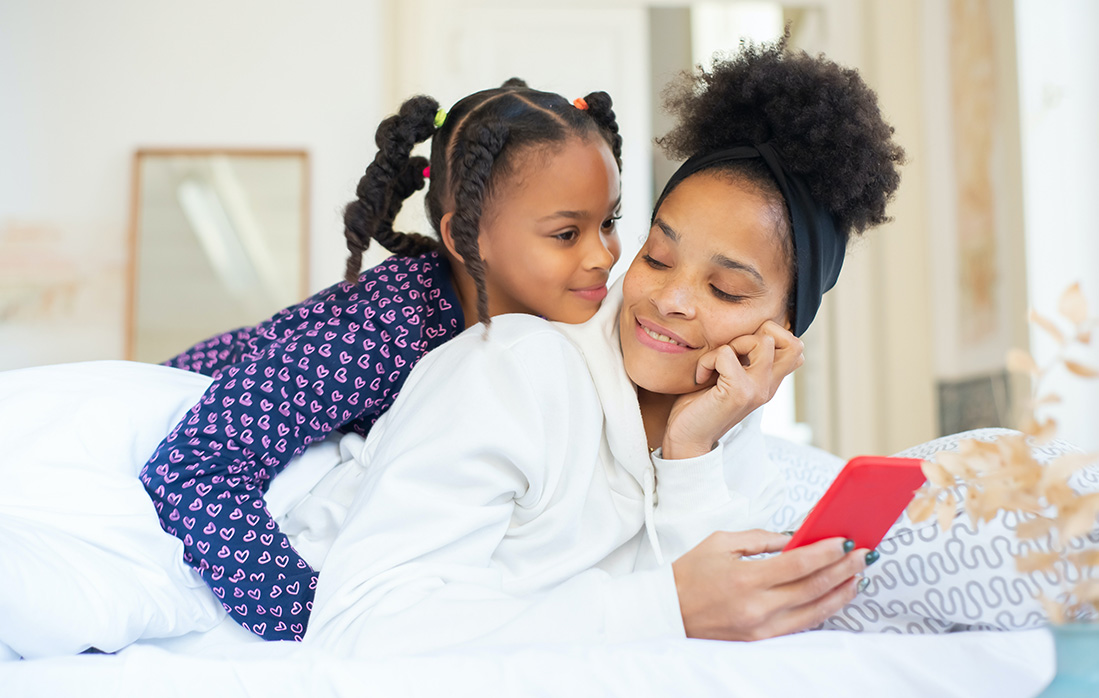
13 Sleep Tips for Kids From Parents Who Have Been There
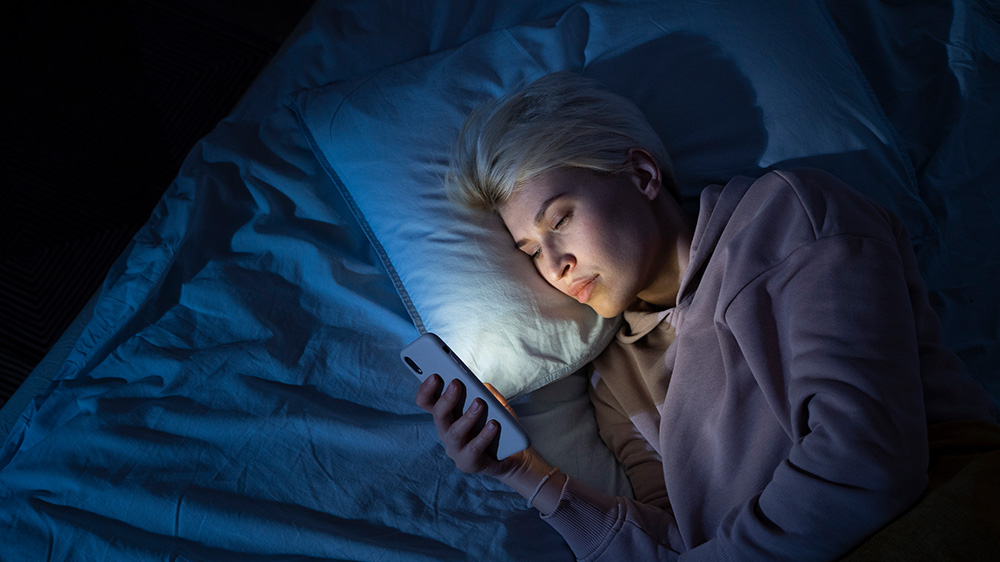
A.I. May Not Replace Sleep Doctors, But Apple’s Upcoming “Quartz” Feature Promises Similar Results
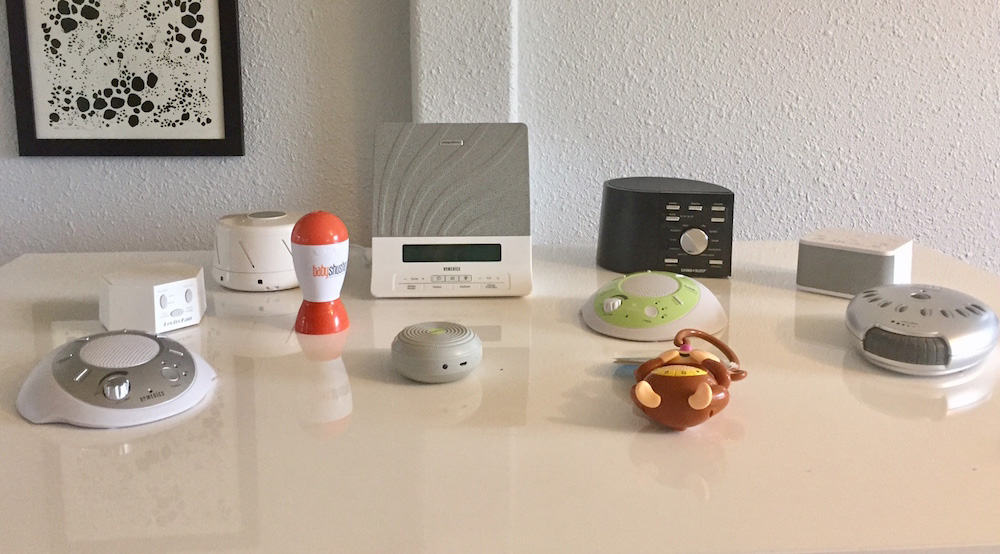
Best White Noise Sound Machines for Sleeping
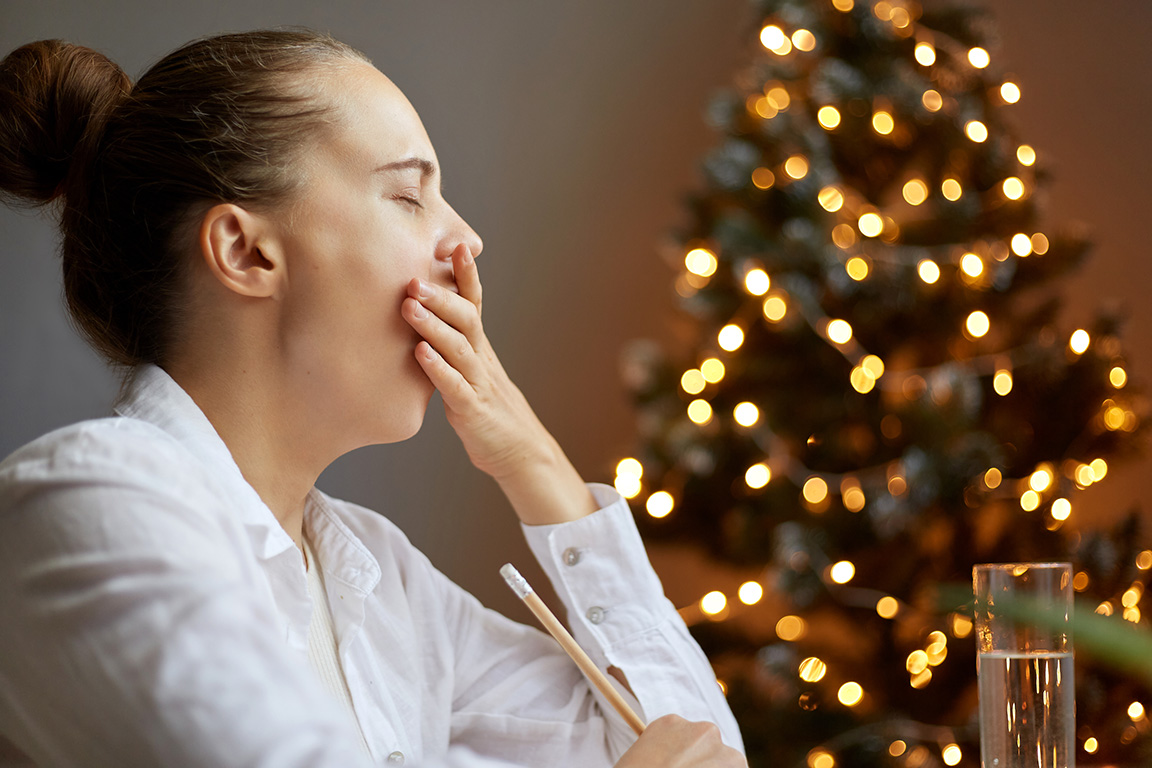
5 Common Holiday Sleep Problems – Solved
Sources
Benasich, Dr. April. Author interview. November 2024.
1. Degan VV, Puppin-Rontani RM. Prevalence of pacifier-sucking habits and successful methods to eliminate them–a preliminary study. J Dent Child (Chic). 2004 May-Aug;71(2):148-51. PMID: 15587099.
2. Butler R, Moore M, Mindell JA. Pacifier Use, Finger Sucking, and Infant Sleep. Behav Sleep Med. 2016 Nov-Dec;14(6):615-23. doi: 10.1080/15402002.2015.1048451. Epub 2015 Nov 7. PMID: 26548755.
3. Sezici E, Yigit D. Comparison between swinging and playing of white noise among colicky babies: A paired randomised controlled trial. J Clin Nurs. 2018 Feb;27(3-4):593-600. doi: 10.1111/jocn.13928. Epub 2017 Nov 3. PMID: 28618052.
4. Sezici E, Yigit D. Comparison between swinging and playing of white noise among colicky babies: A paired randomised controlled trial. J Clin Nurs. 2018 Feb;27(3-4):593-600. doi: 10.1111/jocn.13928. Epub 2017 Nov 3. PMID: 28618052.
5. Spencer JA, Moran DJ, Lee A, Talbert D. White noise and sleep induction. Arch Dis Child. 1990 Jan;65(1):135-7. doi: 10.1136/adc.65.1.135. PMID: 2405784; PMCID: PMC1792397.
Karp, Dr. Harvey. Author interview. November 2024.


























